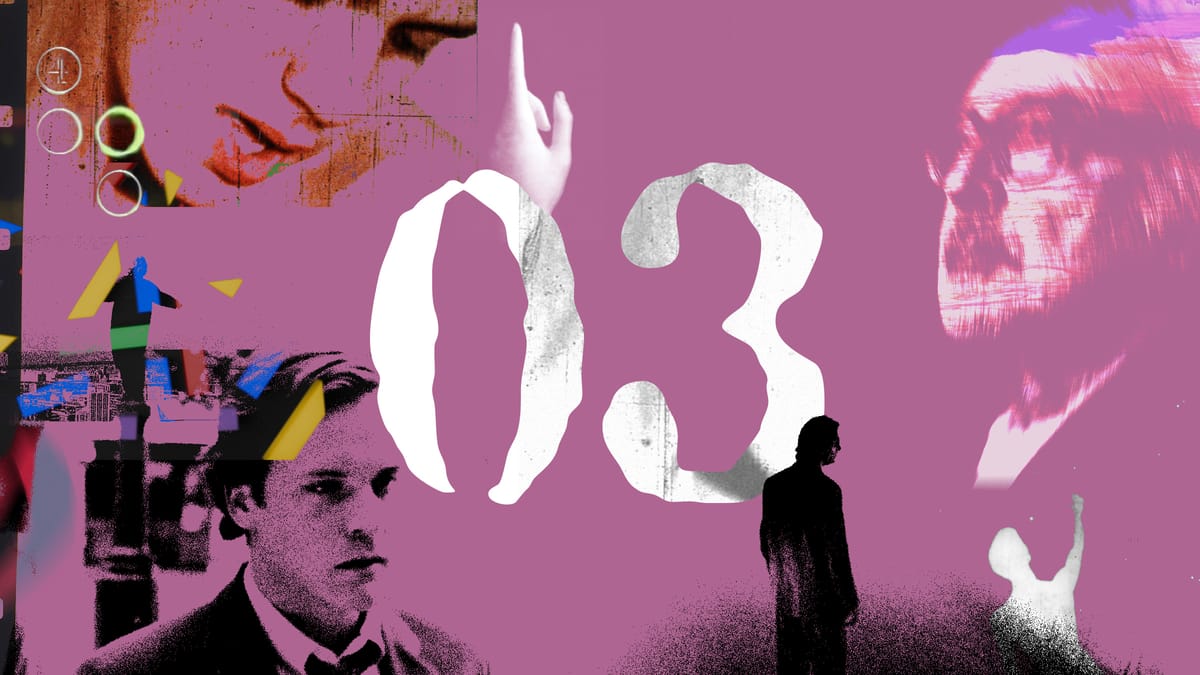On Film Criticism #9: Nice

Artwork by Neven Udovičić
The line that connects the idea of cinema as an empathy machine to the plague of “nicecore” kino (which Animus contributor Charles Bramesco wrote about so forcefully here) is the horizon beyond which an apparently large number of film viewers (and reviewers) are not inclined to look.
It is true that cinema can make us see the circumstances of a character’s life and give us a better understanding of what being in their situation must feel like, to have grown up like them or faced similar obstacles. But if such films could really change things or people and end bigotry, we would know it by now. That doesn’t mean this kind of cinema shouldn’t exist; the idea of film as an empathy machine only becomes a real problem when it is taken as an absolute order, and all movies which do not attempt to make viewers like or even understand their protagonists are rejected as bad or pretentious art (think about the confusion some viewers felt watching Mike White’s The White Lotus, wondering who to sympathise with or, that most dreaded word, “root” for).
“Nicecore” films go one step further by removing the element of challenge present in the Empathy Machine conception of commercial cinema: in a “nicecore” movie like Paddington 2, you don’t have to work to understand the characters’ predicament in order to like them, because they already are nice. Naturally, that’s according to the broadest, blandest definition of niceness, which basically mistakes it for politeness.
Film criticism isn’t supposed to always be nice, though it is usually good when it can remain polite. For some, the distinction does not exist, the slightest reservation regarding a film or series (even one that is supposedly about how nice it is to be nice) making them throw tantrums of a type most of us left behind in kindergarten. What this reveals is that being “nice” has, in the eyes of some, apparently become the most important quality someone can and should have. It’s more important than respecting someone’s right to their own opinion, or their right to voice that opinion without being screamed at by strangers. More important than the mere curiosity to find out how others perceive things. More important than logic, even, because who ever found that shouting at strangers on the internet ever made them change their minds?
There is no easy cure to this disease. Perhaps the only way to counter this narrowing of the imagination, where art is reduced to just a big marmalade sandwich in moving image form, is to watch and discuss films that not only centre “mean” characters, but are not concerned with congeniality at all.
Billy Ray’s Shattered Glass (2003) works on the (today, frankly bold) assumption that there are things more important than simply getting along. In my essay, I point out the many sophisticated, ingenious ways the film plays with our expectations of the “based on a true story” drama to eventually centre a relatively plain, and largely disliked character who has something his more beloved counterpart does not: an ethical concern for the truth.
In her fiery essay about the privatisation of UK broadcaster Channel 4, Catherine Bray points towards other, more productive routes for our collective frustration with this hateful move than personal outrage at its cruelty, and highlights the “specific and spiky” appeal of Channel 4 programmes, which were never meant to satisfy any and all audiences.
Writing about Jean-Luc Godard’s installation Sentiments, Signes, Passions and Mitra Farahani’s film See You Friday, Robinson (2022), which sees JLG in epistolary conversation with Iranian filmmaker Ebrahim Golestan, returning contributor Ruairí McCann looks at the artists’ conception of art as “a potentially free-form process of fun and games, not restrictive or beholden to power.” Though the two filmmakers exchange emails, they do not merely trade niceties — they reflect on the place of art in life, on its seriousness and play, and more generally on its boundaries.
Inspired by her time at IndieLisboa, Justine Smith writes an impassioned manifesto for experimental films as agents of liberation from the restrictive and unimaginative world of commercial and corporate cinema. “The experimental film does not only encompass audiovisual practices that explore non-narrative or avant-garde techniques; it also often embraces new methods of creation and distribution,” and it can radically transform us by encouraging “a sense of responsibility and care for the medium and its surrounding communities.”
Caring for others — that’s much harder to do than simply being nice. Concluding this issue is an essay from me about Peter Weir’s Fearless (1993), a commercial film that formally and narratively brings up the challenges of being a person in the world unavoidably tangled up in the problems of other people’s lives, and with a responsibility to others.




